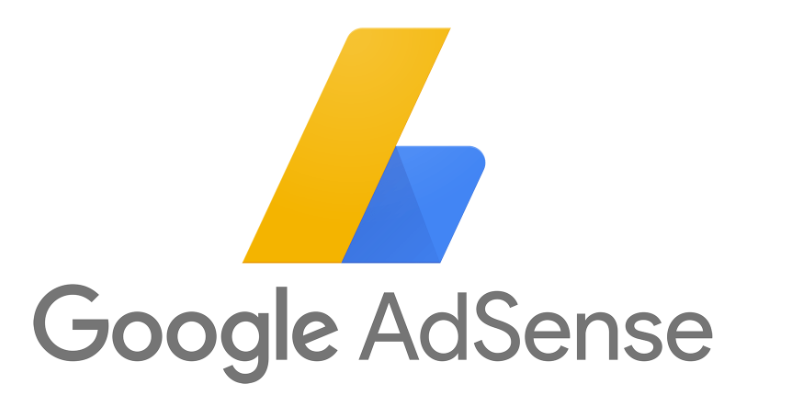YouTube Ads Liaison Ginny Marvin confirms AdSense has shifted to an eCPM model of payment. Learn what this means for publishers.
- Google moved AdSense towards the eCPM system of payments, which is based on impressions, not clicks.
- Publishers will now get 80percent of the ad revenues after fees instead of 68% of a fixed share.
- Publishers might need to modify SEO strategies and content to increase the number of impressions and sales.
Google is moving AdSense to an eCPM payments model for publishers.
In November of last year, Google stated that it was updating the revenue share structure of AdSense to modernize how publishers make money from the content they publish on their websites.
Ginny Marvin Ginny Marvin, the Google Ads Liaison, has confirmed the transition to electronic CPM payment to AdSense advertisers.
Closer Look At The Updated Revenue Share
Before, publishers were able to receive an overall 68% share of the ad revenue. Now, the revenue share splits into separate rates for sell-side (advertisers) as well as selling-side (publishers).
Google further explains the particulars the new format:
“For advertising that uses AdSense to promote content, the publishers earn 80 percent of the revenue after the advertiser platform has taken its commission, regardless of whether it be Google’s buy-side or third party platforms. “
Based on an example provided by Google When Google Ads purchases display ads on AdSense it will retain an average 15 percent of advertiser expenditure. Google states that the total revenue for publishers is predicted to remain at 68%, despite these modifications.
The system differs when third-party platforms purchase AdSense display advertisements. In these situations, publishers are awarded an 80% stake after the third-party’s fee. Google says it has no control or insight in these third-party fees.
The figure below illustrates that, with both buy-side and sell-side costs one dollar paid by an advertiser equals sixty-eight cents for the publishers.
Transitioning To Per-Impression Payments
Google is transforming AdSense to a pay-per-impression model, bringing it into conformity with the industry standard for display advertising. This will enable advertisers to compare profits across Google’s services and third-party platforms much more easily.
As per Google this modification to the payment model will not affect the type or amount of ads that publishers are able to display in the event that they adhere to the existing AdSense guidelines in addition to Better Ads Standards. These standards prohibit the use of intrusive advertisements such as pop-ups and ads that take up all of the display.
Takeaways For Publishers
Publishers who depend on AdSense to earn a percentage of their revenue may be pondering the effects for these new changes.
Here are some things worth a look.
Understand the Implications
A ECPM (effective cost per 1,000 impressions) is a different payment method from the traditional cost-per-click (CPC) model.
with eCPM a publisher’s income is determined by the amount of impressions, not clicks.
Publishers must be aware of the workings of this new model in order to determine how it affects revenues, particularly for those who create content that aims to get large engagement and high traffic volume.
Adapt Content & SEO Strategies
Google has said that the revenue for most publishers are likely to remain the same following the switch to bidding on eCPM.
However, the effect could differ on a case-by-case level. Publishers may have to alter their SEO and content strategies to make the most money within this new eCPM system.
Possible strategies could include increasing the number of visitors to websites as well as improving the user engagement metrics and prolonging the time between sessions to allow for more ads.
Compliant with Ad Standards
The move towards an impression-based system increases the requirement for publishers to comply with AdSense policies and better Ads Standards.
Publishers need to continue providing an enjoyable experience for customers by avoiding annoying ads. This will be essential to ensure the sustainability of the revenue from ads and keep within good standing in AdSense. AdSense Program.
In Summary
Although Google’s AdSense updates are designed to simplify and increase transparency in the process of monetization It’s the responsibility of publishers to make use of these updates to benefit them.
Staying updated, analyzing performance, and adjusting strategies, publishers will remain successful.
FAQ
How important is Google moving AdSense to an eCPM-based payment system for publisher?
This new format aligns AdSense with the industry standard to evaluate the display ads. It also allows publishers to compare earnings potential across various ad platforms more efficiently.
The change is an effort to define the importance of content based on the users’ overall engagement and ad exposure, not just click-throughs to ads.
The revised revenue share structure for publishers has changed’ compensation and introduces distinct rates to buy-side (advertisers) as well as selling-side (publishers).
Publishers will get around 80% of the earnings following the time that an advertiser’s platform collects fees, regardless of whether it is Google’s buy-side platforms or other third-party ones. This could impact the predictability of income since fees paid by third parties can differ and are not managed from Google.
The total income for publishers is anticipated to be at around 68%, which is like the prior deal. Still, there could be individual variations based on the specifics of each transaction as well as the parties in the transaction.
Increase the volume of traffic on websites for more advertising impressions, and ultimately increase the amount of revenue.
Improve metrics of user engagement like the time spent on a page or pages per session. This is because increased engagement can increase the number of ad impressions.
Extension of session duration on their websites to provide more ads. This could be accomplished by improving the quality of content on their sites or offering additional tools to keep users interested for longer durations.
Be sure to comply in accordance with AdSense policies and the Better Ads Standards to provide a an enjoyable experience for users and to sustain the growth in ad revenue.



















